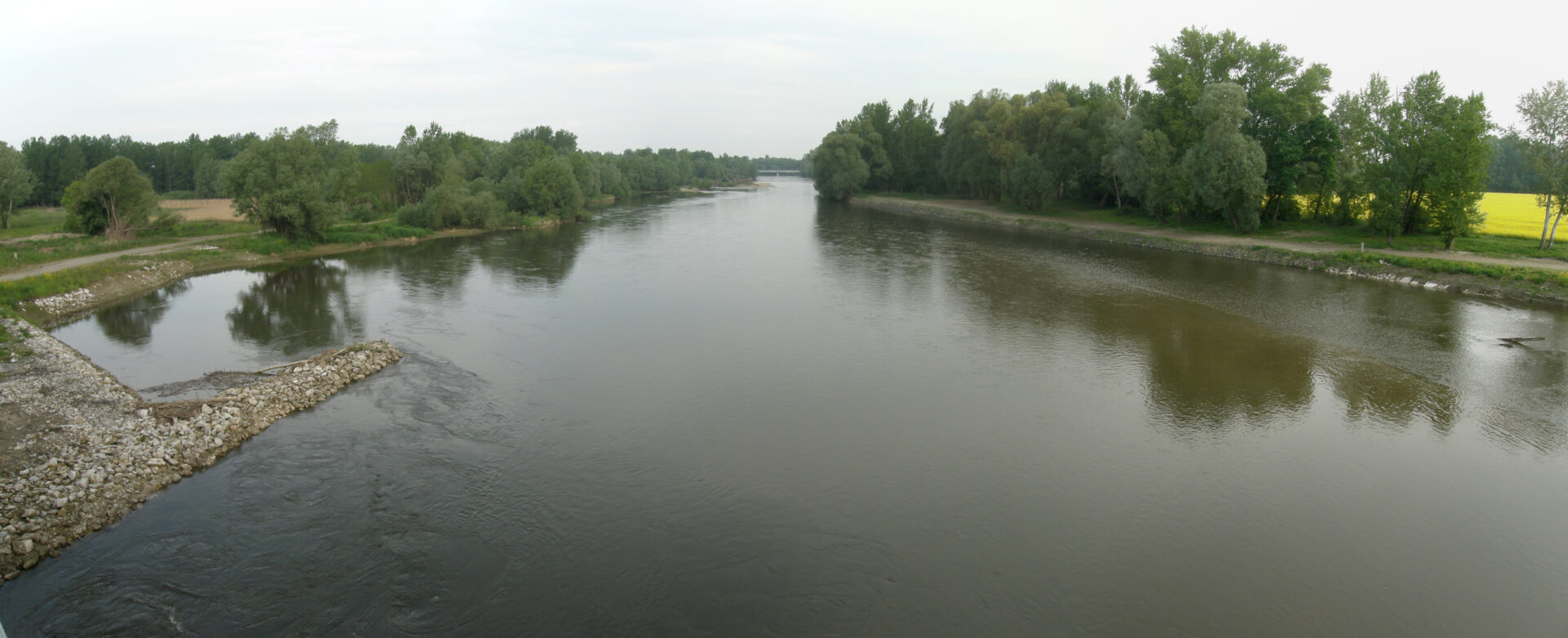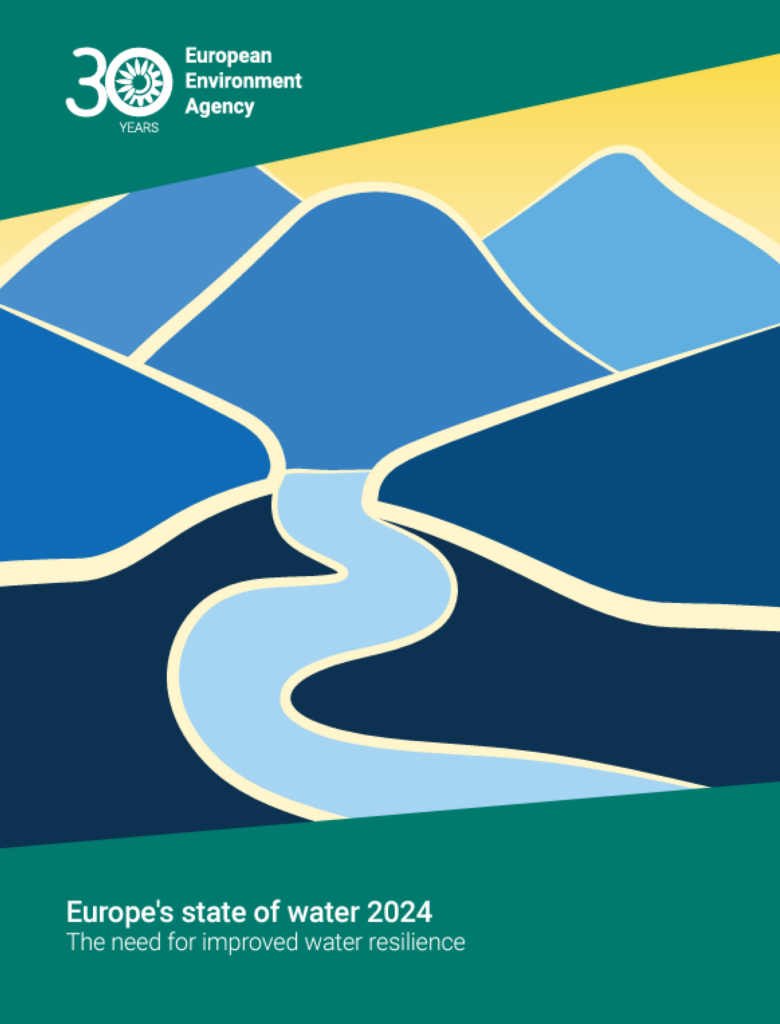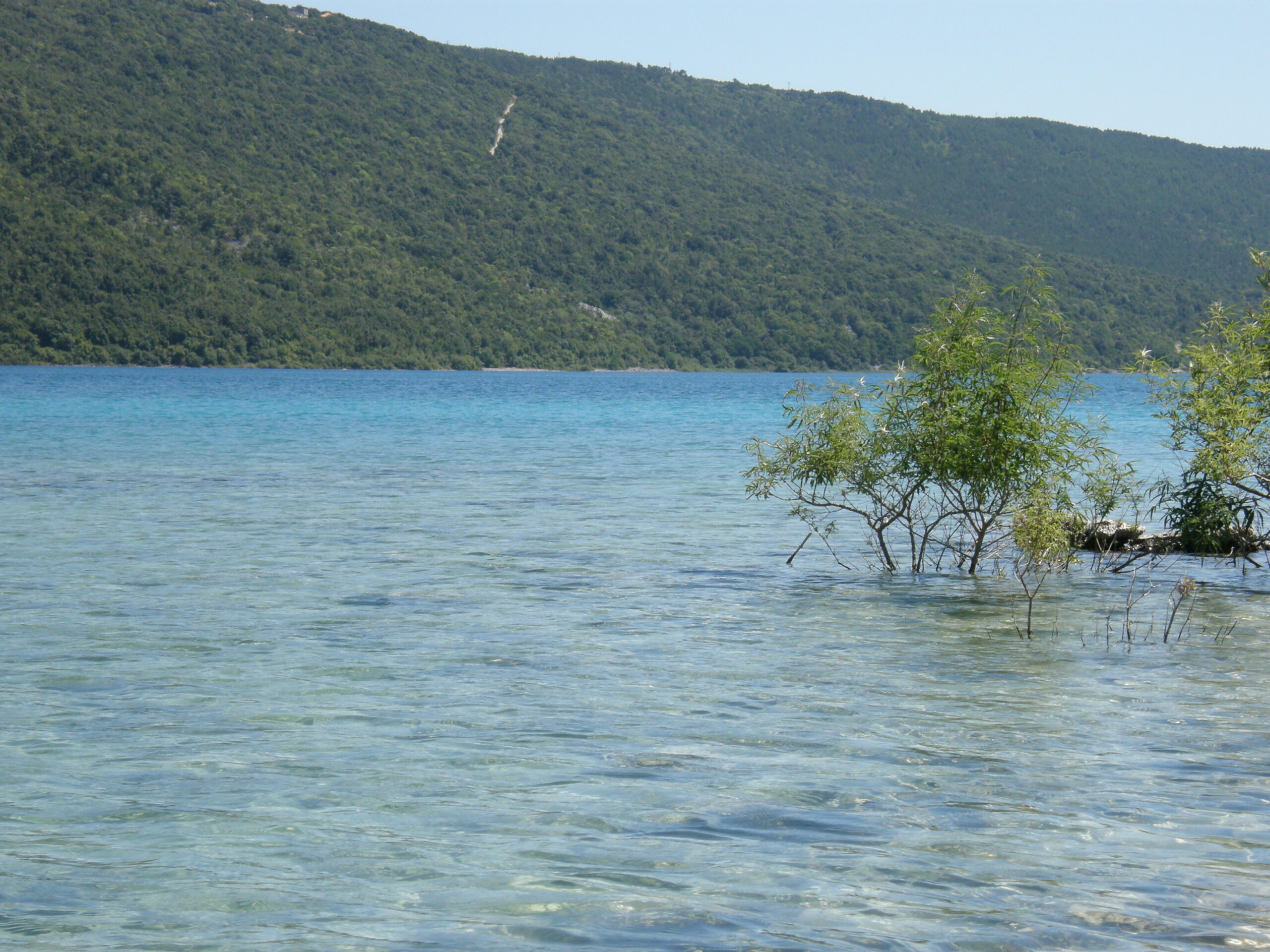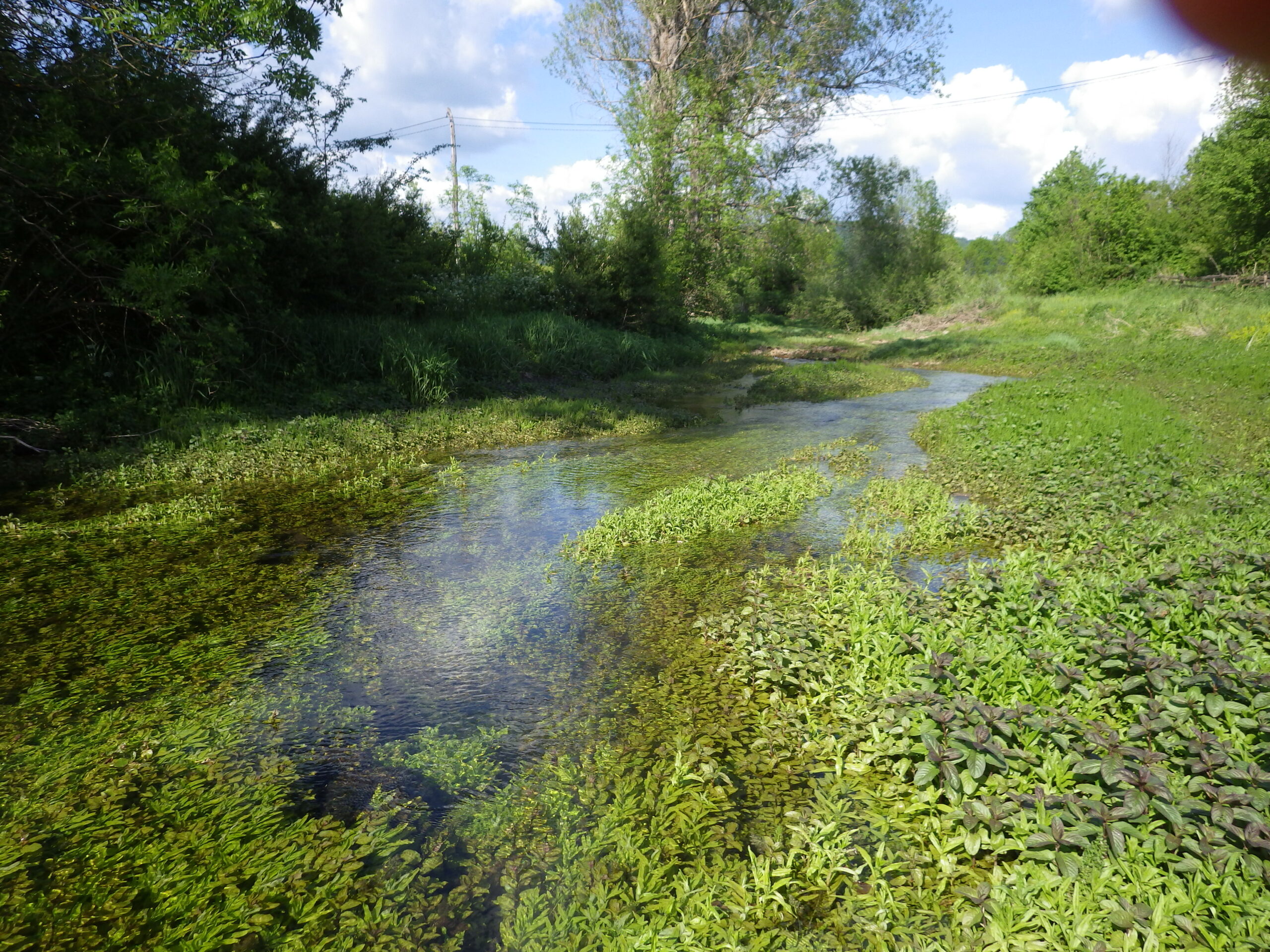The European Environment Agency warns of the worrying state of Europe's waters


Nearly a quarter of groundwater sources, from which two thirds of Europe’s drinking water is drawn, have failed to meet the required threshold for good chemical status, with nitrates and pesticides from agriculture being the main culprits for this poor rating.
Only 37% of European lakes and rivers fulfil the required criteria for good ecological status, and more than two thirds of them are polluted by excessive levels of chemical contaminants, warns the European Environment Agency (EEA) in its latest report. In addition, almost a quarter of groundwater sources, which provide two thirds of Europe’s drinking water, have failed to meet the required threshold for good chemical status, with nitrates and pesticides from agriculture being the main culprits for this disappointing score. The report concludes that Europe faces “serious water security challenges”
Under the EU Water Framework Directive (WFD), governments are required to ensure that all surface and groundwater bodies achieve good status in terms of chemical and ecological quality by 2027, with certain exemptions. This report follows a similarly worrying assessment of water quality published by the EEA in 2019, which found that insufficient progress had been made despite deadlines for compliance with the directive. Civil society organisations have repeatedly called on the European Commission to ensure the implementation of the legal framework, including the new requirements of the Nature Restoration Act.
“Restoring at least 25,000 river kilometres to a free-flowing state is not only an ecological necessity, but also a commitment to biodiversity and our future,” said Andras Krolopp, head of biodiversity policy at The Nature Conservancy in Europe, referring to UN reports.
On the other hand, pressure from water service providers and national authorities in the water sector is growing due to the exceptionally high investments required to solve the growing problem of water scarcity, which is exacerbated by the increasingly severe effects of climate change. According to estimates by relevant stakeholders, an investment of €255 billion will be required to ensure compliance with EU water legislation. At the same time, a group of 13 multinational companies have published a joint statement calling on EU policy makers to adopt digital technologies to harmonise the “highly fragmented” water governance that complicates the implementation of the Water Framework Directive (WFD) and other water directives (the Drinking Water Directive, the Waste Water Directive, the Industrial Emissions Directive and the Floods Directive).
“There is currently a lack of reliable data and measurements at EU level, e.g. on water losses in public water supply systems, — which leads to a lack of knowledge on what specific measures and activities need to be taken,” they write in their statement.
For more information visit: https://www.eea.europa.eu/en/analysis/publications/europes-state-of-water-2024


